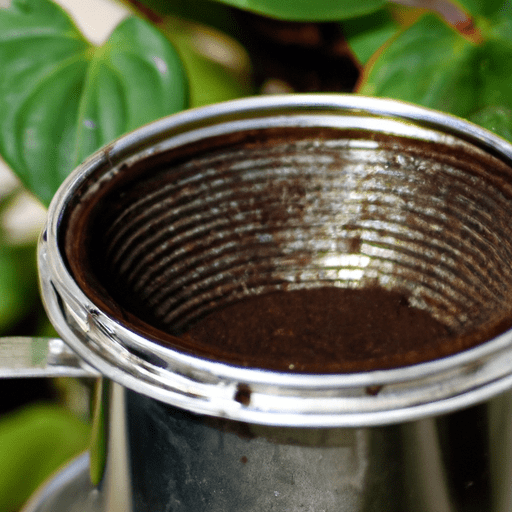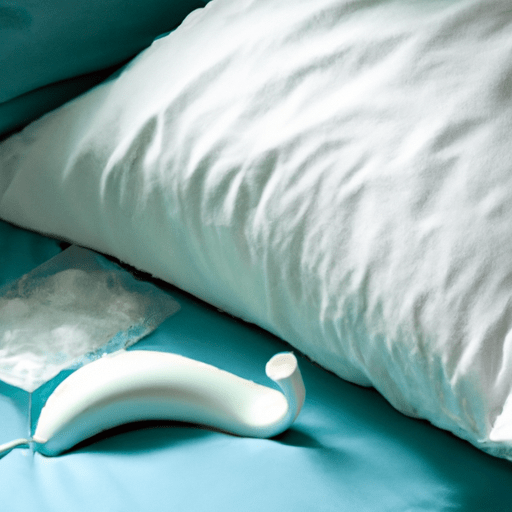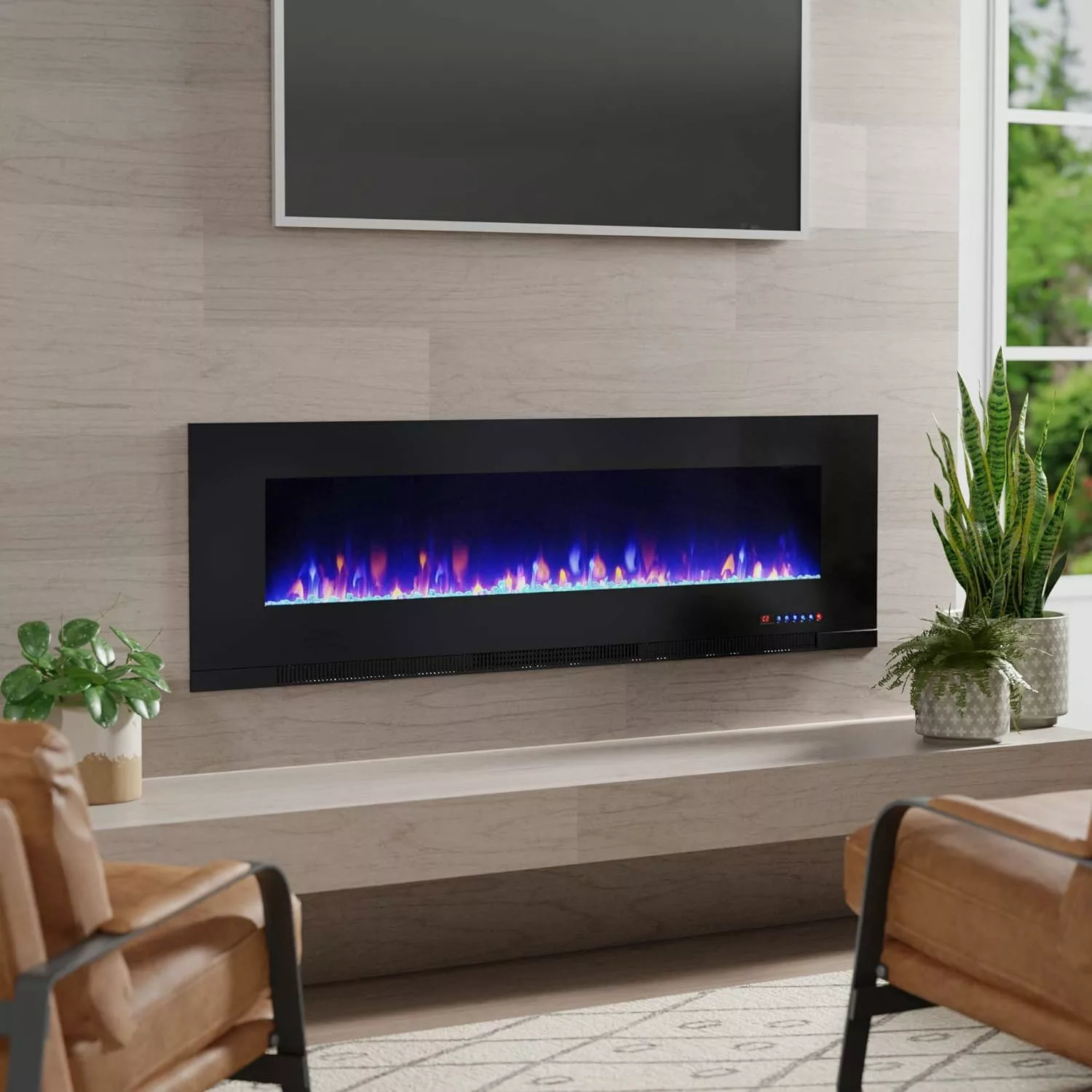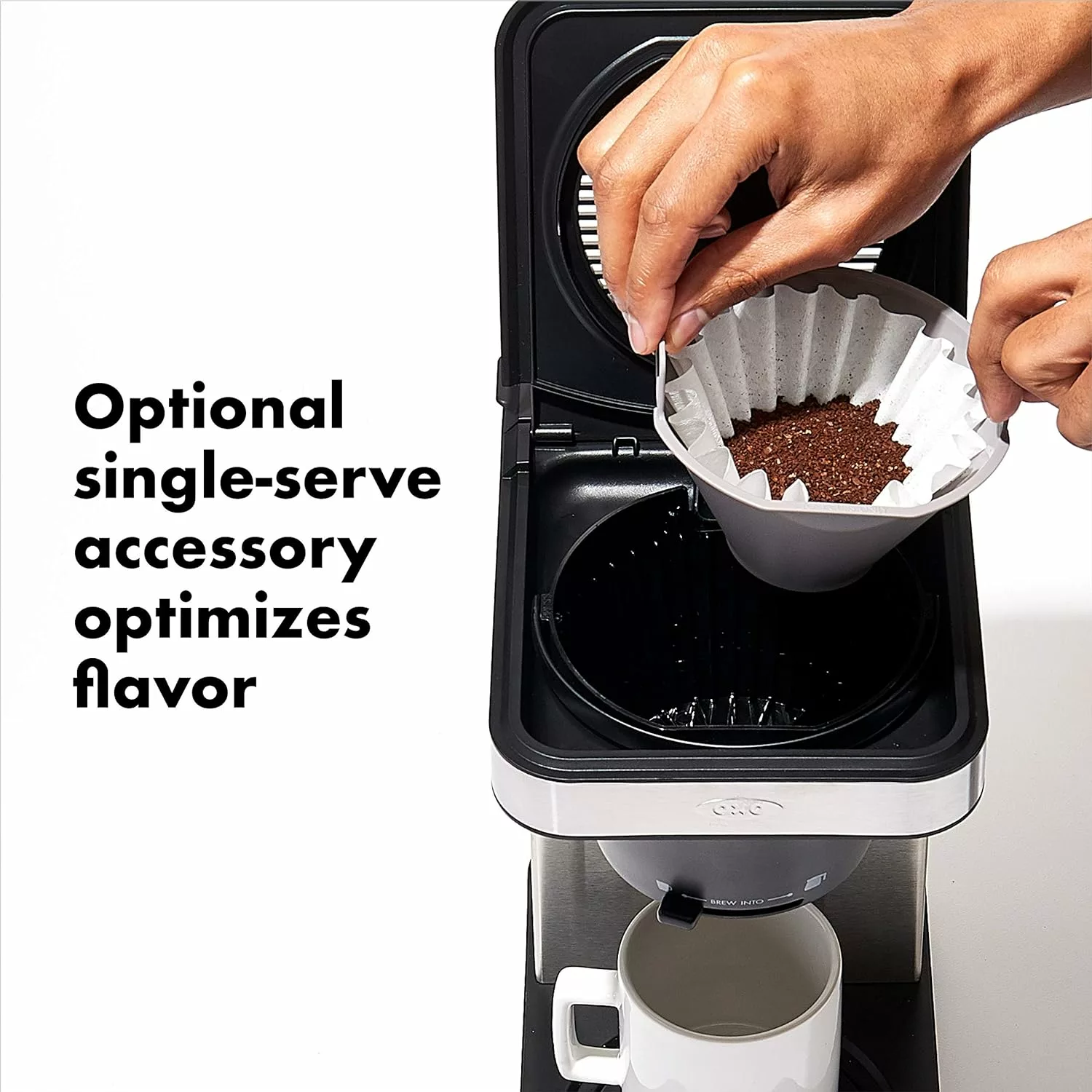Are you a coffee lover on a quest to explore the world of caffeine? Look no further than Vietnamese coffee! Known for its rich, bold flavor and unique brewing method, Vietnamese coffee has gained popularity across the globe. But have you ever wondered how much caffeine is actually in this beloved beverage? In this article, we will delve into the caffeine content of Vietnamese coffee, uncovering its secrets and helping you discover just how much of a pick-me-up you can expect from your daily cup of joe. So grab your coffee mug and join us on this fascinating caffeine adventure!
Understanding Vietnamese Coffee
The origins of Vietnamese coffee
Vietnamese coffee has a rich history that can be traced back to the French colonization period. It all started in the late 19th century when coffee was introduced to Vietnam by the French. The favorable climate and soil conditions in the country made it an ideal place for coffee cultivation. Over the years, coffee production in Vietnam has grown significantly, and the country has become one of the top coffee exporters in the world.
The traditional brewing process
The traditional brewing process of Vietnamese coffee involves using a special filter called a “phin.” The phin is a small, metal filter that sits atop a cup or glass. The coffee grounds are placed in the phin, and hot water is poured over them. The water slowly drips through the filter, resulting in a rich and concentrated cup of coffee. This method ensures that every drop of coffee is packed with flavor.
Understanding Robusta and Arabica beans
When it comes to Vietnamese coffee, two types of coffee beans are commonly used: Robusta and Arabica. Robusta beans are known for their high caffeine content and strong, bitter taste. They thrive in Vietnam’s tropical climate and are often used in traditional Vietnamese coffee blends. On the other hand, Arabica beans have a milder flavor profile and lower caffeine content. They are often used in specialty or gourmet coffee preparations. Understanding the differences between these two types of beans can help you appreciate the unique characteristics of Vietnamese coffee.
The Role of Caffeine in Coffee
Defining caffeine
Caffeine is a natural stimulant that belongs to a group of compounds known as xanthines. It is found in varying amounts in different plants, with coffee beans being one of the most abundant sources. Caffeine acts as a central nervous system stimulant, giving you energy and increasing alertness. It is what makes coffee a popular pick-me-up beverage for many people.
How caffeine impacts the human body
When consumed, caffeine is quickly absorbed into the bloodstream and reaches the brain. It binds to adenosine receptors, blocking the effects of adenosine, a neurotransmitter that promotes sleep and relaxation. This leads to increased alertness, improved concentration, and reduced fatigue. Caffeine also stimulates the release of dopamine and norepinephrine, which can enhance mood and provide a temporary sense of well-being.
Why different types of coffee contain varying caffeine levels
The caffeine content in coffee can vary depending on several factors, including the type of coffee bean, the roasting process, and the brewing method. As mentioned earlier, Robusta beans contain more caffeine than Arabica beans. Additionally, the longer a coffee is roasted, the more caffeine is lost during the process. So, dark roasts generally have lower caffeine content compared to light roasts. Lastly, brewing methods like espresso or Vietnamese phin filter can impact the caffeine extraction from the coffee grounds, resulting in varying caffeine levels in the final cup.

This image is property of images.pexels.com.
Assessing the Caffeine Content of Vietnamese Coffee
Caffeine content in Robusta beans
Robusta beans, commonly used in Vietnamese coffee blends, are known for their high caffeine content. On average, Robusta beans contain about 2.7% caffeine, almost double the caffeine content of Arabica beans. This higher caffeine concentration contributes to the strong and energizing qualities of Vietnamese coffee.
Caffeine content in Arabica beans
While Arabica beans generally have lower caffeine content compared to Robusta beans, they still offer a moderate caffeine kick. Arabica beans typically contain around 1.5% caffeine. The lower caffeine content in Arabica beans contributes to their milder flavor and smoother profile.
Factors affecting caffeine content in Vietnamese coffee
Apart from the type of coffee beans used, several other factors can affect the caffeine content in Vietnamese coffee. The brewing time and temperature, grind size, and coffee-to-water ratio all play a role in the extraction of caffeine from the grounds. Additionally, the type of water used and the freshness of the coffee beans can also impact the caffeine levels in the final cup. It’s important to consider these factors when assessing the caffeine content of Vietnamese coffee.
The High Caffeine Content of Vietnamese Coffee Explained
Why Vietnamese coffee has high caffeine content
Vietnamese coffee’s high caffeine content can be attributed to the prevalent use of Robusta beans in the traditional blends. As mentioned earlier, Robusta beans naturally contain more caffeine compared to Arabica beans. This higher caffeine content is one of the reasons Vietnamese coffee is known for its strong and bold flavor.
How the brewing process impacts caffeine content
The traditional Vietnamese brewing process using the phin filter can also contribute to the high caffeine content of Vietnamese coffee. The slow drip method allows for more caffeine extraction from the coffee grounds, resulting in a stronger and more caffeinated cup. Compared to other brewing methods that rely on quicker extraction, such as espresso, the Vietnamese brewing process yields a higher caffeine concentration.
Comparison with caffeine content in other types of coffee
When comparing the caffeine content of Vietnamese coffee with other types of coffee, it’s important to consider the specific blend and brewing method used. In general, Vietnamese coffee can have a higher caffeine content compared to a standard cup of brewed coffee or espresso. However, specialty coffee blends and specific brewing techniques, like cold brew, can also yield high caffeine concentrations. It’s always good to be aware of the caffeine content of the coffee you consume and adjust your intake accordingly.

This image is property of images.pexels.com.
Debunking Myths About Caffeine Content in Vietnamese Coffee
Misconceptions about caffeine and Vietnamese coffee
There are several misconceptions surrounding the caffeine content of Vietnamese coffee. One common misconception is that all Vietnamese coffee is extremely high in caffeine. While it’s true that Vietnamese coffee can have higher caffeine levels due to the use of Robusta beans, not all Vietnamese coffee is created equal. Different coffee blends and brewing methods can result in varying caffeine concentrations.
Clarification on caffeine levels
It’s important to remember that caffeine levels can vary not only between different types of coffee but also within the same type of coffee. Factors such as bean origin, blend composition, roast level, and brewing techniques all play a role in determining the caffeine content. Therefore, it’s essential to consider these variables when assessing the caffeine levels in Vietnamese coffee.
Addressing health-related concerns
Some people may have concerns about the health effects of consuming Vietnamese coffee due to its high caffeine content. However, when consumed in moderation, caffeine can offer several potential health benefits. It has been linked to improved cognitive function, increased metabolism, and even a reduced risk of certain diseases. It’s essential to be aware of your personal tolerance and limit your caffeine intake if necessary. Consulting with a healthcare professional can provide tailored advice based on your individual health needs.
The Health Impacts of High Caffeine Content
Potential health benefits of caffeine
Moderate caffeine consumption has been associated with various health benefits. Studies suggest that caffeine can improve mental alertness, boost physical performance, and enhance mood. It has also been linked to a reduced risk of conditions like Parkinson’s disease, Alzheimer’s disease, and certain types of cancer. However, it’s important to note that individual responses to caffeine can vary, and excessive consumption can have adverse effects.
Potential health risks of high caffeine intake
While moderate caffeine intake is generally considered safe for most individuals, excessive consumption can lead to negative health effects. High caffeine intake can cause issues such as insomnia, increased heart rate, digestive problems, and even anxiety or caffeine dependency. Additionally, people with certain medical conditions or sensitivities may be more prone to experiencing adverse effects from caffeine. it’s crucial to be mindful of your caffeine intake and listen to your body’s response to avoid any potential health risks.
Recommended daily caffeine intake
The recommended daily caffeine intake can vary depending on factors such as age, overall health, and sensitivity to caffeine. In general, the FDA suggests that most healthy adults can safely consume up to 400 milligrams of caffeine per day, which is approximately four to five cups of coffee. However, it’s important to consider individual factors and consult with a healthcare professional to determine what is appropriate for you.

This image is property of images.pexels.com.
Moderating Caffeine Intake from Vietnamese Coffee
Understanding personal caffeine tolerance
Everyone has a different level of caffeine tolerance, and what works for one person may not work for another. It’s important to monitor how your body reacts to caffeine and adjust your intake accordingly. If you find that Vietnamese coffee with its high caffeine content affects your sleep, causes jitters, or leads to other discomforts, consider reducing your consumption or opting for lower-caffeine alternatives.
Learning to moderate caffeine intake
To moderate your caffeine intake from Vietnamese coffee, you can start by keeping track of how much coffee you consume daily. Consider replacing some of your cups of Vietnamese coffee with decaffeinated versions or other non-caffeinated beverages. Another option is to switch to a lighter roast of Vietnamese coffee, as they generally contain slightly less caffeine than darker roasts. Being mindful of your overall caffeine intake and finding a balance that works for you is key.
Alternatives and decaf options for Vietnamese coffee
If you enjoy the taste of Vietnamese coffee but want to reduce your caffeine intake, there are alternatives available. Many Vietnamese coffee brands offer decaffeinated versions of their blends, which undergo a process to remove most of the caffeine while retaining the flavor. Additionally, you can explore other non-caffeinated Vietnamese beverages like traditional iced or hot tea, which are also integral parts of Vietnamese culture.
How Roasting Determines Caffeine Content
The roasting process of Vietnamese coffee
The roasting process plays a significant role in determining the caffeine content of coffee. Vietnamese coffee is typically roasted to varying degrees, ranging from light to dark roasts. Light roasts are roasted for a shorter duration and at lower temperatures, preserving more caffeine in the beans. On the other hand, dark roasts are roasted for a longer time at higher temperatures, resulting in some caffeine degradation.
How roasting affects caffeine content
During the roasting process, caffeine undergoes chemical changes, and some of it is lost as the beans darken. Contrary to popular belief, darker roasts do not necessarily contain less caffeine. While the caffeine content per bean may decrease during darker roasting, the volume of dark roasted beans used in brewing is often higher. Therefore, darker roasts can still result in a considerable caffeine content in the final cup.
Difference in caffeine content between light and dark roasts
The difference in caffeine content between light and dark roasts is not significant enough to make a substantial impact on the overall caffeine intake. The variation is generally within a few milligrams per cup. Therefore, while the roast level can affect the flavor and aroma of Vietnamese coffee, it is not the primary factor influencing the caffeine content.
Vietnamese Coffee Culture and its Relationship with Caffeine
The role of coffee in Vietnamese culture
Vietnamese coffee has a strong cultural significance and plays a vital role in the daily lives of Vietnamese people. Coffee is not merely a beverage but a social activity and a way to connect with others. The iconic Vietnamese coffee shops, known as “ca phe,” are popular gathering places where people come together to enjoy a cup of coffee, engage in conversations, and build relationships. Coffee has become intertwined with Vietnamese culture and represents the country’s unique way of life.
How caffeine plays a part in the daily Vietnamese life
Caffeine from Vietnamese coffee acts as an energy boost for many Vietnamese people, helping them start their day or stay alert throughout long work hours. It is common to see locals sipping on their favorite cup of coffee at any time of the day, whether in the morning, afternoon, or after dinner. The caffeine kick from Vietnamese coffee has become an integral part of the daily Vietnamese routine, fueling productivity and social interactions.
Social aspects linked to caffeine consumption
In Vietnamese culture, coffee is often a social catalyst, bringing people together and fostering connections. Coffee shops are not just places to enjoy a beverage but also hubs for socializing, conducting business meetings, or even catching up on the latest news. Vietnamese coffee culture encourages the idea of taking time to sit, relax, and connect with others over a cup of coffee. Caffeine acts as a shared experience that helps create and strengthen bonds within the community.
Exploring Popular Vietnamese Coffee Brands and their Caffeine Content
Highlights of popular Vietnamese coffee brands
Vietnam is home to several popular coffee brands that are renowned for their quality and unique flavors. Some well-known Vietnamese coffee brands include Trung Nguyen, Vinacafe, and Son’s Café. Each brand offers a distinctive range of coffee blends, from traditional Vietnamese coffee to specialty selections.
Comparison of caffeine content across these brands
Caffeine content can vary between different Vietnamese coffee brands and even within their product lines. Generally, Vietnamese coffee brands that primarily use Robusta beans will have higher caffeine content compared to those that predominantly use Arabica beans. It is essential to check the specific product packaging or consult the brand’s website for accurate caffeine information.
Ranking Vietnamese coffee brands by caffeine levels
While it is difficult to rank Vietnamese coffee brands solely based on caffeine levels, it is worth noting that brands known for their robust, dark roast blends usually offer higher caffeine content. However, personal taste preferences and flavor profiles should also be considered when choosing a Vietnamese coffee brand. Experimenting with various brands can help you discover your favorite blend while taking into account the caffeine content that suits your individual needs.
In conclusion, Vietnamese coffee is a unique and beloved beverage that has gained popularity worldwide. The high caffeine content in Vietnamese coffee, primarily due to the use of Robusta beans and the brewing process, contributes to its strong and invigorating qualities. However, it’s important to understand that caffeine levels can vary depending on various factors, including the type of coffee beans, the roasting process, and the brewing method. Moderating caffeine intake based on personal tolerance and being mindful of the potential health impacts is crucial. Vietnamese coffee culture, with its deep connection to caffeine and social aspects, adds to the overall experience of enjoying this iconic beverage. Whether you’re embarking on a caffeine-fueled adventure or simply indulging in a moment of relaxation, Vietnamese coffee offers a rich cultural experience that goes beyond its caffeine content.




